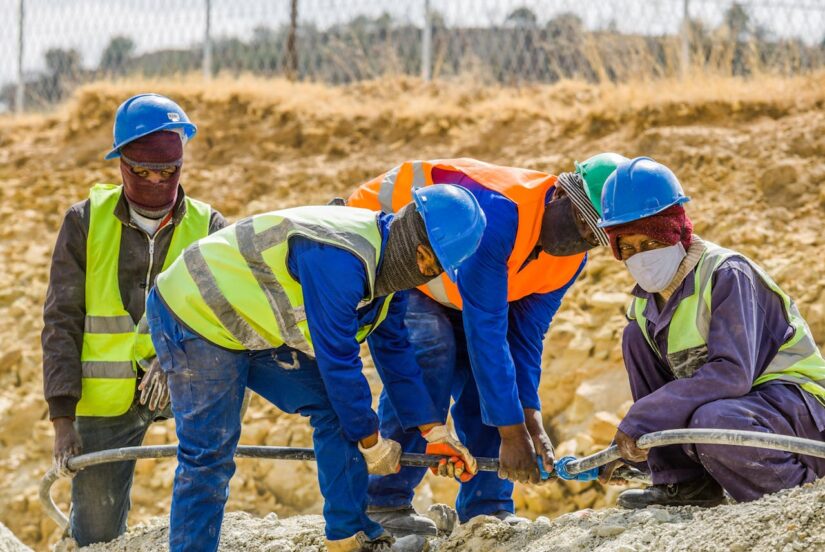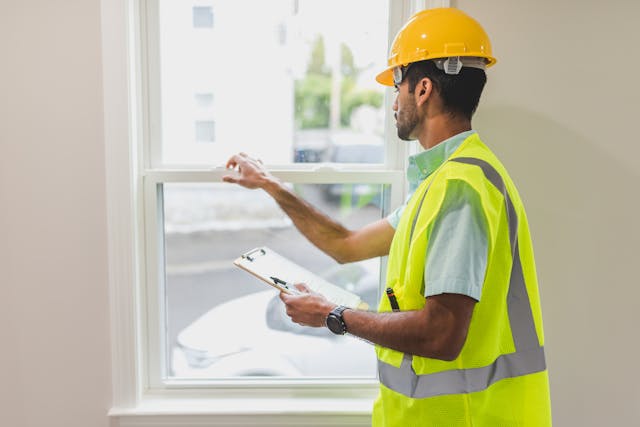Radon enters homes through cracks in the foundation, gaps in walls, or spaces around pipes and drains. Since it is colorless and odorless, radon can go undetected without proper testing. Measuring radon in houses is the first step towards understanding and addressing potential radon risks. Several methods are available for measuring radon in houses, including short-term tests that provide a snapshot of radon levels over a few days and long-term tests that monitor radon levels over several months. Continuous radon monitors are also available for real-time monitoring, offering immediate feedback on radon concentrations. In this friendly and informative article, we’ll explore how to understand radon levels in homes and interpret test results effectively.
What Are Radon Levels?
Radon levels refer to the concentration of radon gas measured in Becquerels per cubic meter (Bq/m³) of air. The World Health Organization (WHO) recommends keeping radon levels below 100 Bq/m³ for indoor air to be considered safe. Levels exceeding this threshold may require mitigation measures to reduce health risks.
Interpreting Radon Test Results
When interpreting radon test results, consider the following key points:
- Safe Levels: Radon levels below 100 Bq/m³ are generally considered safe, although lower levels are always preferable. If your test results fall within this range, no immediate action may be necessary, but regular monitoring is recommended.
- Elevated Levels: If your radon test results show levels between 100 to 200 Bq/m³, it’s advisable to consider mitigation measures to reduce radon concentrations further. Consult with radon professionals or local health authorities for guidance.
- High Levels: Radon levels exceeding 200 Bq/m³ indicate a significant risk to health and require immediate action. Implement radon mitigation strategies promptly, such as sealing cracks, improving ventilation, or installing radon mitigation systems
Taking Action
If your radon test results indicate elevated or high levels, taking action is essential to reduce health risks. Here are the steps you can take:
- Consult Professionals: Seek guidance from certified radon professionals or local health authorities for personalized recommendations based on your test results.
- Mitigation Measures: Implement radon mitigation strategies tailored to your home’s specific needs to ensure an effective reduction of radon levels.
- Regular Monitoring: Conduct periodic radon tests to monitor changes in radon levels and verify the effectiveness of mitigation efforts.
In Conclusion
Understanding radon levels in homes and interpreting test results accurately empowers homeowners to prioritize indoor air quality and protect their families’ health. By staying informed, taking proactive measures, and collaborating with radon experts, you can create a safer and healthier living environment free from radon risks. It’s important to remember that radon testing is not a one-time event but an ongoing process to monitor indoor air quality. Periodic testing, especially in high-risk areas or after significant home renovations, helps to identify potential changes in radon levels and address them promptly.




